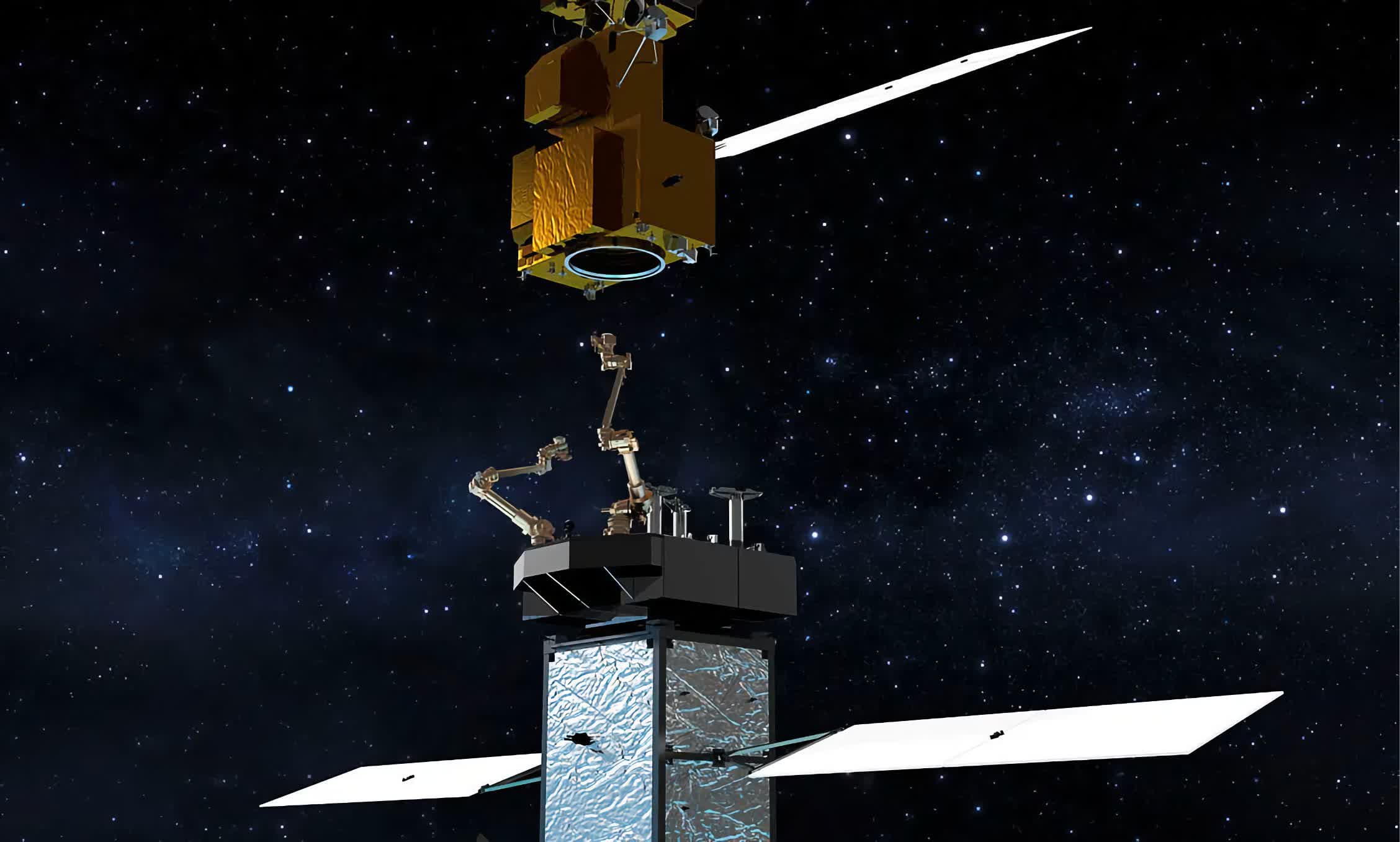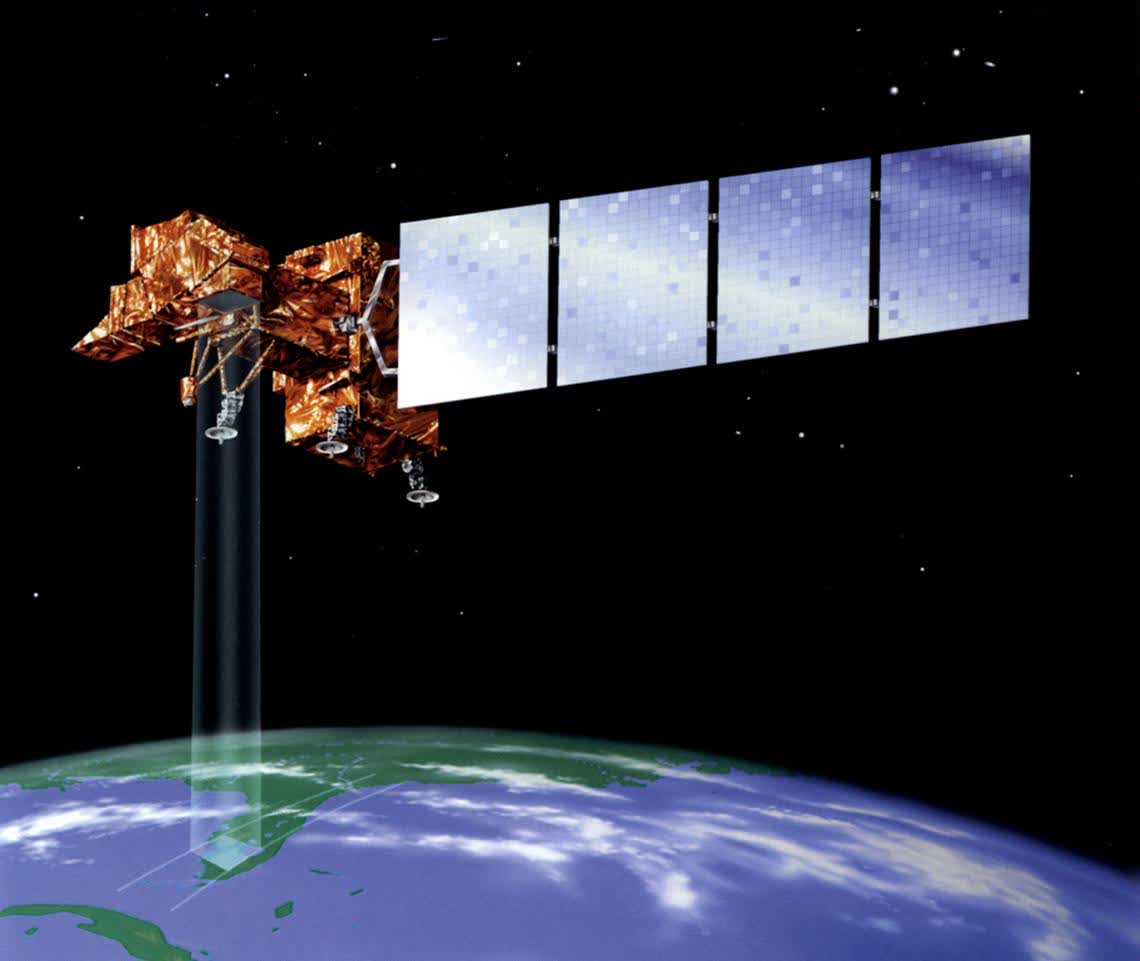
TL;DR: It’s difficult and expensive to repair satellites in space. So NASA is building semi-autonomous robots to service them in orbit. They also want to build stuff in orbit from scratch.
When artificial satellites are sent up to space, usually it’s a one way mission. Their lifespan is defined by the amount of fuel they carry on board. Most satellites nowadays have solar panels, but even then, there can be deployment failures. There are well documented satellite launch failures, but in space there are no service stations. So, engineers must design the satellite systems with redundancy. This in turn makes them heavy, complex, and expensive. Eventually, once their effective lifespan is over, most satellites are either brought down to burn up in the atmosphere or get parked in background orbits becoming space junk.
NASA has a plan to change this. They want to carry out a mission to refuel the Landsat 7 satellite in orbit. Orbiting 700 km above earth, the Landsat 7 is a defunct earth imaging satellite. It can orbit the earth in 99 minutes and photograph the entire planet every 16 days. It did so for 20 years before it ran out of fuel. The plan is to have a robot approach the satellite and grab on to it with a mechanical arm. Then use its robotic arm to cut through the outer insulation, sever two wires, unscrew a bolt, connect a tube and pump in 115 kg of hydrazine fuel.

Eagle eyed readers may note that repairs in space have already taken place. And they would be right. The first orbital repair was conducted by James van Hoften and George Nelson in 1984 to repair the Solar Maximum Mission (SMM) satellite. The Hubble Space Telescope has had repair and maintenance missions in 1993, 1997, 1999, 2002, and 2009. The International Space Station had its 2 billion dollar antimatter detector repaired in 2020. But such major repairs require people to be sent to space. That’s both expensive and resource intensive.
Robotic repairs, like DARPA’s 2007 Orbital Express, have used bespoke machines custom built to dock with a particular satellite. They are not general purpose repair and refuel systems. There is also the problem of latency in communications. A geosynchronous satellite orbits 35,000 kilometers above the earth and most satellites are not designed to be repaired in the first place. So repair systems have to be semi-autonomous. These are the problems NASA wants to solve.
There has been some success in this field already. In 2019, MEV-1, a satellite made by SpaceLogistics, serviced one of their own Intelsat 901 satellites, extending its lifetime by five years. By 2024, Robotic Servicing of Geosynchronous Satellites, another DARPA funded project, plans to use a robotic craft to grab defunct satellites that were not specifically designed to be docked with, using cameras and a laser range finder. It will also have two arms. One arm will be used to dock with the satellite while the other arm can be used to open non-deployed solar panels.
NASA’s second Landsat 7 mission, planned for 2025, is even more ambitious. Its On-orbit Servicing, Assembly, and Manufacturing 1 (OSAM-1) robot is designed to build completely new structures in orbit. It has a sister mission, the Space Infrastructure Dexterous Robot (SPIDER), designed to assemble things in space. Combining carbon fiber and textiles with techniques similar to 3D printing, OSAM-1 will build light but strong composite beams which can be combined to create structural components for use in repair and maintenance of orbiting objects. Easier to repair satellites means cheaper satellites. And cheaper satellites means more satellites.
As reported in the Index of Objects Launched into Outer Space, there are already 7,389 individual satellites in space as of April 2021. Most of them are used for communications. There is a huge nascent industry for space repair and recycling hiding in there. If these foundational steps succeed, the doors will be open to new possibilities that are unfeasible today. We will be able to construct larger structures directly in orbit, we could make roomier space stations that promote space travel which in turn will promote space mining as space becomes more habitable, which will need storage depots and so on and so forth…
That is the ultimate goal.